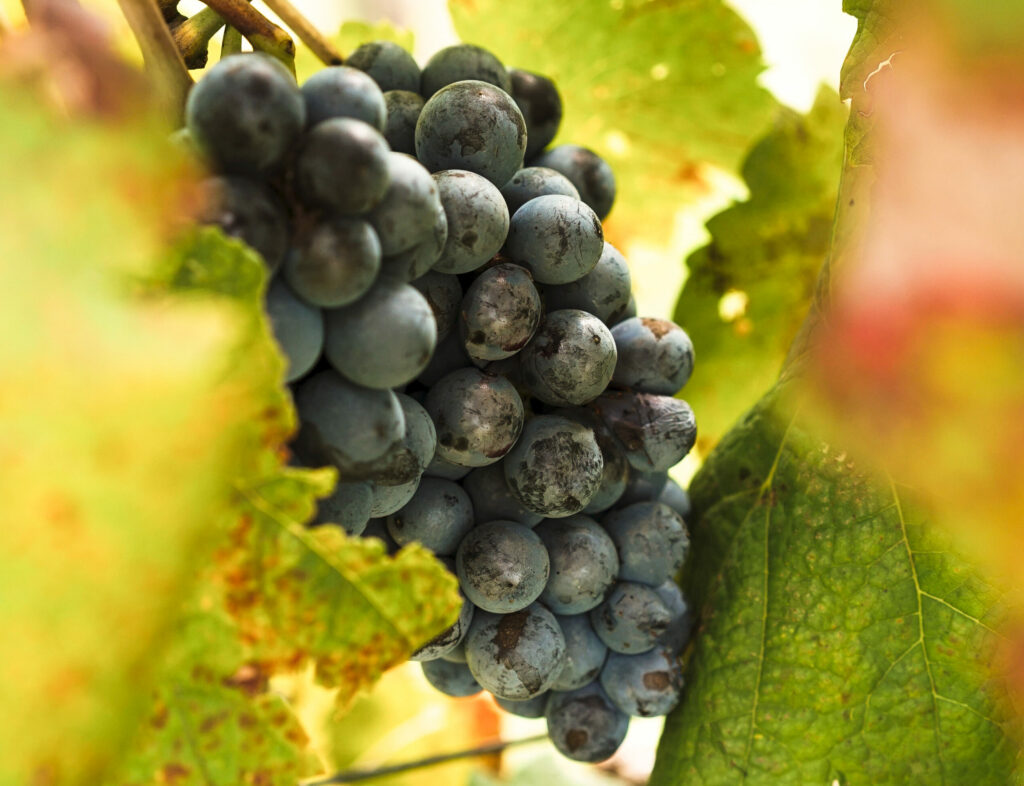
The harvest, a crucial stage for the winemaking sector, is just around the corner. To get ready for the season, we asked our winegrower partners about the state of their vines and the progress of the 2024 vintage.
As previous years, the 2024 vintage has been affected by climatic disruption: a mild winter with a significant lack of water, then heavy rainfall in spring and a late summer – all challenges that our winegrower partners have had to deal with.
Vineyard growing conditions :
By mid-July, for some of them, the veraison stage was only just beginning, like at Château Mire l’Étang in Fleury and in the Corbières.
In addition, despite heavy disease pressure, particularly from powdery mildew and downy mildew in Nîmes and Beaucaire, for example, the winegrowers have taken the necessary measures to keep a careful eye on their vines and deal with these diseases.
Overall, for the majority of our partners throughout the Languedoc-Roussillon region, the 2024 harvest looks set to be later than the 2023 harvest, with a few days’ delay depending on the terroir.
Climate challenges and water resource management:
While some of our partner winegrowers experienced a very dry year, such as the Famille Fabre, which recorded 348 mm of cumulative water from July 2023 to July 2024, others benefited from excellent rainfall. At Cellier du Pic, at the foot of Pic Saint Loup, 500 mm of water was recorded in 6 months, a record due to heavy rainfall in spring and early summer. While this benefited some vines, for others the rainfall disrupted flowering, potentially impacting yields, as was the experience of the Gastou family in the Minervois. However, the vines in this terroir were able to benefit from the warmer, drier weather of recent weeks, with mild nights thanks to the tramontane, helping the grapes to ripen.
Once again this year, water resource management is a major issue, as Pierre, oenologist at Les Vignerons de Camplong in the Corbières, points out. Thomas, from Cellier du Pic, also supports this argument by mentioning the climatic challenges: “These unpredictable events mean that winegrowers have to make compromises in their vine-growing practices (pruning later, maximising the plant cover at the risk of encouraging mildew, changing their grape varieties to those that are more resistant, particularly to drought, etc.) but also to take the financial risk more seriously in the economic balance of their business. These are just some of the parameters that winegrowers need to consider if they are to adjust their vineyards to meet the ever-increasing climatic challenges they have to deal with each year.